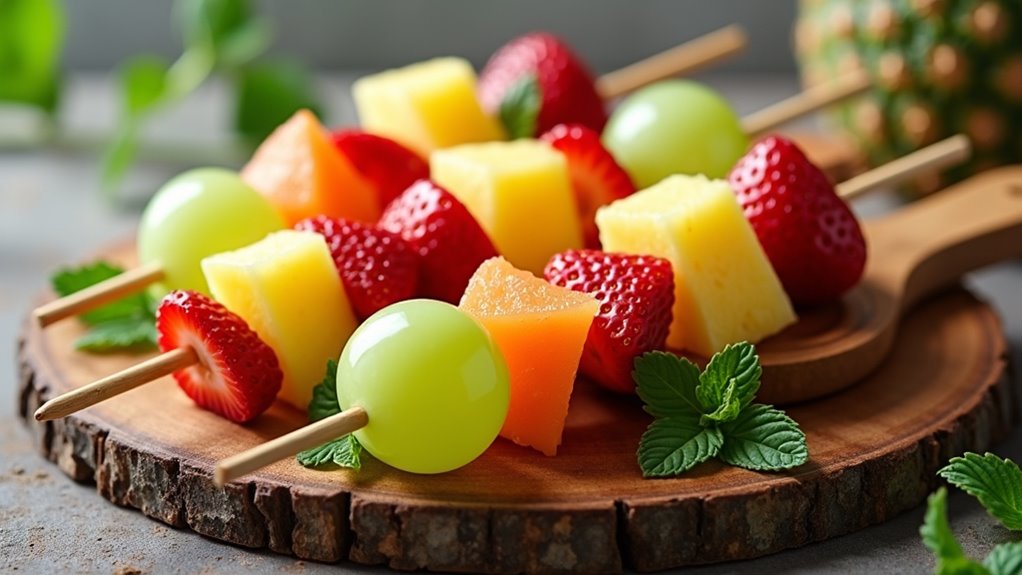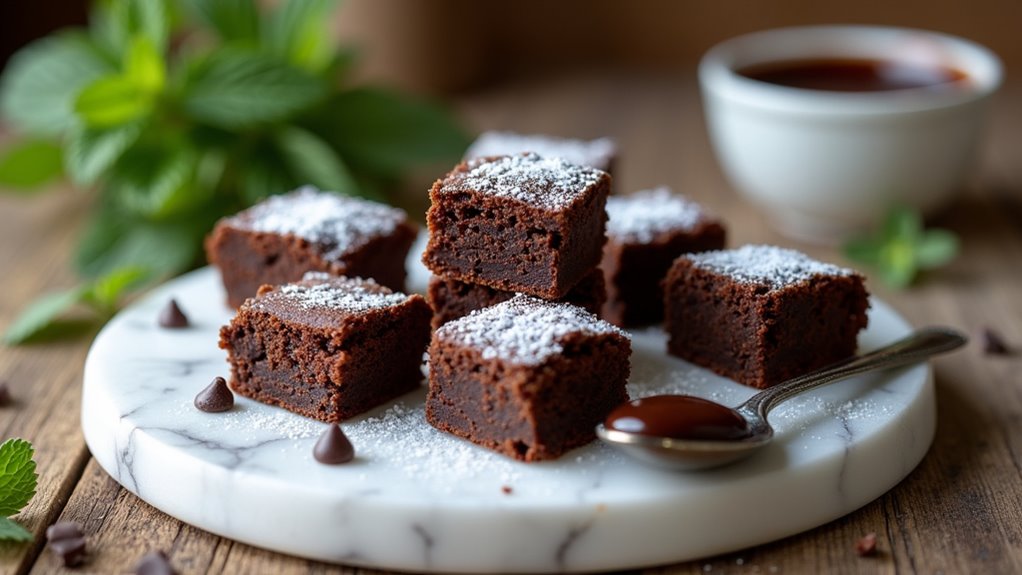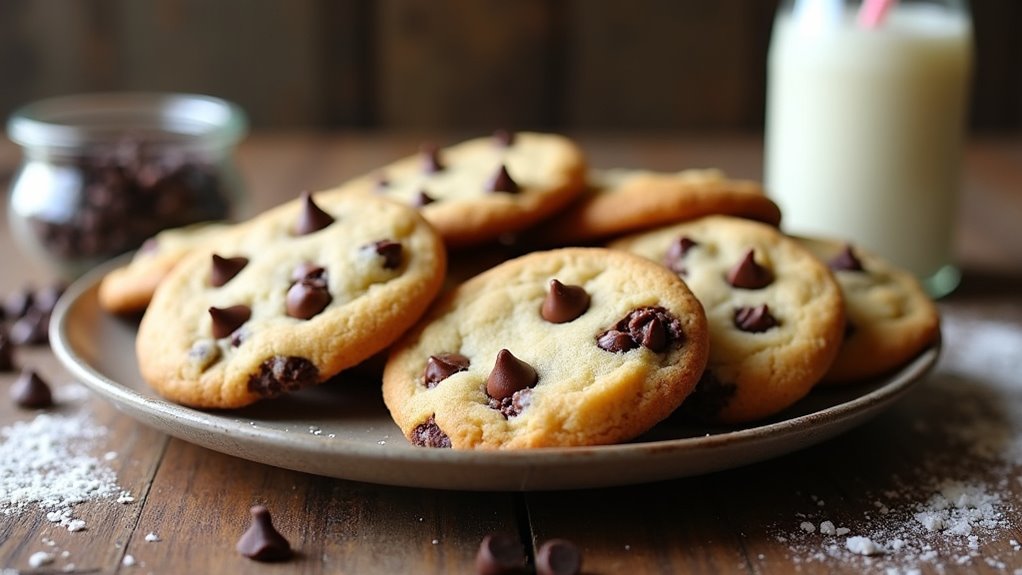Last spring, my friend Olivia showed up at my restaurant with a tote full of dandelions she’d picked from her lawn. “What am I supposed to do with these?” she sighed. “They’re taking over my yard.” I smiled, taking the bag from her hands. “You’re about to turn your lawn problem into the most delightful jelly you’ve ever tasted.” Two days later, she called me raving about how her kids were requesting “more of that sunshine jelly” for breakfast. Sometimes the best ingredients are hiding in plain sight.
History & Origin
While dandelions might seem like pesky lawn weeds to most, these golden-crowned flowers have a rich culinary heritage that’ll surprise even the most skeptical food lover.
Traditional herbal medicine recognized dandelions as more than just a backyard nuisance—they were a prized ingredient for homemade jelly. Rural communities perfected the art of foraging these wildflowers, transforming them into delectable preserves that celebrated regional culinary traditions.
Each locale developed unique dandelion jelly recipes, showcasing local flavors and resourceful preservation techniques. What started as a necessity became a beloved culinary craft, turning humble dandelions into a sweet, golden delicacy.
Recipe

Dandelion jelly is a unique and delightful preserve that transforms the humble wildflower into a golden, sweet spread with a subtle floral essence. This recipe captures the essence of spring, turning bright yellow dandelion petals into a delicate, sunshine-colored jelly that brings a touch of wilderness to your breakfast table.
Foraging and preparing dandelion petals requires patience and care, but the result is a remarkable homemade treat that connects you to nature’s culinary bounty. The process of making dandelion jelly is both an art and a celebration of seasonal ingredients, turning what many consider a common weed into a gourmet delicacy.
Ingredients
- 8 cups fresh dandelion petals
- 4 cups water
- 4 cups granulated sugar
- 1 package powdered pectin
- 2 tablespoons lemon juice
- Pinch of salt
Equipment
- Large mixing bowl
- Fine-mesh strainer
- Large pot
- Wooden spoon
- Sterilized glass jars
- Canning funnel
- Jar lifter
- Large water bath canner
- Measuring cups
- Cheesecloth
Instructions
- Carefully remove green parts from dandelion petals
- Rinse petals thoroughly to remove any debris
- Place petals in a large bowl and pour boiling water over them
- Cover and let steep overnight
- Strain the liquid through cheesecloth, pressing to extract maximum flavor
- Measure 3-4 cups of dandelion tea
- Add lemon juice and pectin to the tea in a large pot
- Bring mixture to a full rolling boil
- Add sugar and return to a boil for 1-2 minutes
- Remove from heat and skim any foam
- Pour hot jelly into sterilized jars
- Leave ¼ inch headspace
- Remove air bubbles and clean jar rims
- Seal with lids and process in boiling water bath for 10-15 minutes
- Remove and let cool completely
Nutrition
200 kcal | 50g Carbohydrates | 0g Protein | 0g Fat | 0g Saturated Fat | 0g Polyunsaturated Fat | 0g Monounsaturated Fat | 0mg Cholesterol | 5mg Sodium | 50mg Potassium | 50 IU Vitamin A | 10mg Vitamin C | 20mg Calcium | 0.5mg Iron
Cooking Tips
When foraging dandelion petals, ensure you collect from areas free of pesticides and animal contamination. Choose bright, fresh flowers at their peak and avoid picking from heavily trafficked areas. Always wash petals carefully and remove all green parts to prevent bitterness. The jelly’s set can vary, so consider using a cold plate test to check for proper consistency during cooking.
Serving Suggestions
Dandelion jelly’s versatile flavor profile makes it a delightful addition to numerous culinary creations. Its bright, honey-like sweetness complements both sweet and savory dishes, making it an ideal spread for toast, scones, and crackers.
Try drizzling it over warm waffles or pancakes for a sunshine-inspired breakfast, or incorporate it into cheese boards alongside mild goat or cream cheese for an elegant appetizer.
The jelly also serves as an exceptional glaze for roasted meats and vegetables, adding a subtle floral note that elevates the dish’s complexity.
For a refined presentation, serve the jelly in a small glass dish with a delicate spreading knife, allowing guests to appreciate its golden color and unique flavor.
Common Mistakes & Troubleshooting
Home cooks often encounter challenges when making dandelion jelly, with the most frequent issues being inconsistent setting and overly bitter flavors.
In my early attempts, I mistakenly left green sepals attached to the petals, which resulted in a bitter, almost medicinal taste that overwhelmed the delicate floral notes. To prevent this, meticulously remove all green parts and ensure thorough washing of the petals.
Another common problem is jelly that doesn’t set properly, which can be resolved by carefully measuring pectin and sugar, and performing the cold plate test to check for the right gel consistency.
Using fresh, high-quality pectin and following the recipe’s precise measurements will help ensure a perfect set and preserve the jelly’s delicate flavor.
Frequently Asked Questions
What Part of the Dandelion Do You Use for Jelly?
When I make dandelion jelly, I carefully pluck only the bright yellow petals, avoiding the green stems and base. I meticulously remove the green parts to ensure a clear, sweet jelly with a delicate floral flavor.
How to Harvest Dandelions for Jelly?
I carefully snip bright yellow dandelion petals from clean, pesticide-free areas, using scissors to remove just the golden blossoms. I’ll collect at least 8 cups of flowers, avoiding wilted or damaged petals for the best jelly flavor.
In Conclusion
Dandelion jelly captures the essence of spring in every jar, transforming humble backyard flowers into a unique culinary treasure. The delicate honey-like flavor surprises everyone who tries it for the first time. Remember that patience during the straining process yields the clearest, most beautiful results.




